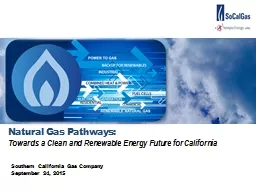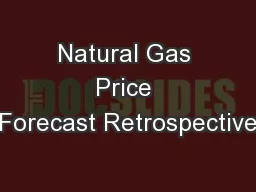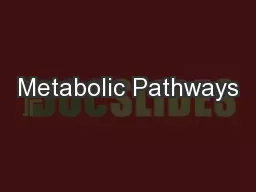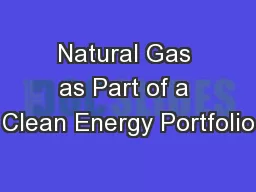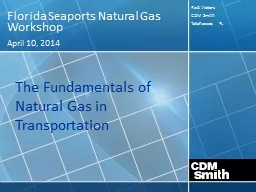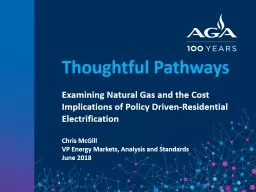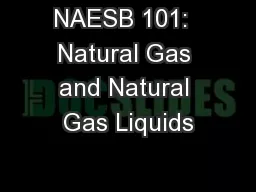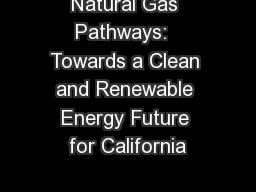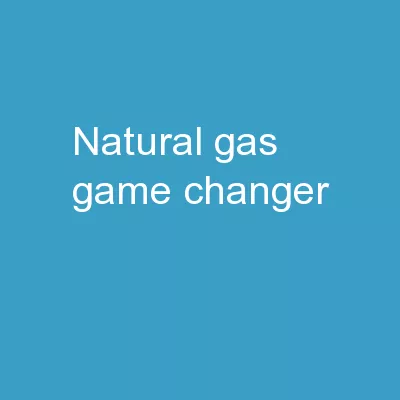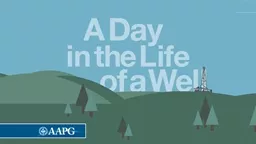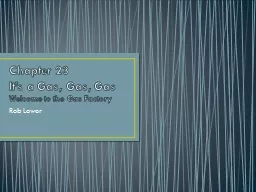PPT-Natural Gas Pathways:
Author : test | Published Date : 2016-08-01
Towards a Clean and Renewable Energy Future for California Southern California Gas Company September 24 2015 Californias Dual Emissions Challenge Federal Clean
Presentation Embed Code
Download Presentation
Download Presentation The PPT/PDF document "Natural Gas Pathways:" is the property of its rightful owner. Permission is granted to download and print the materials on this website for personal, non-commercial use only, and to display it on your personal computer provided you do not modify the materials and that you retain all copyright notices contained in the materials. By downloading content from our website, you accept the terms of this agreement.
Natural Gas Pathways:: Transcript
Download Rules Of Document
"Natural Gas Pathways:"The content belongs to its owner. You may download and print it for personal use, without modification, and keep all copyright notices. By downloading, you agree to these terms.
Related Documents

